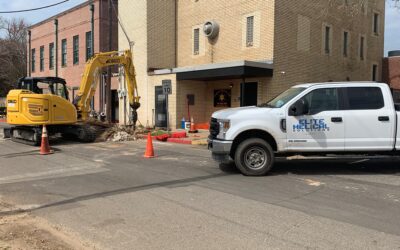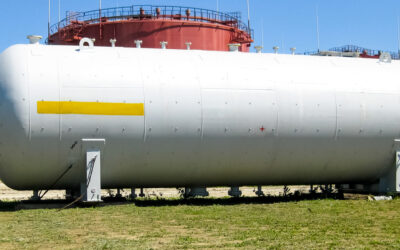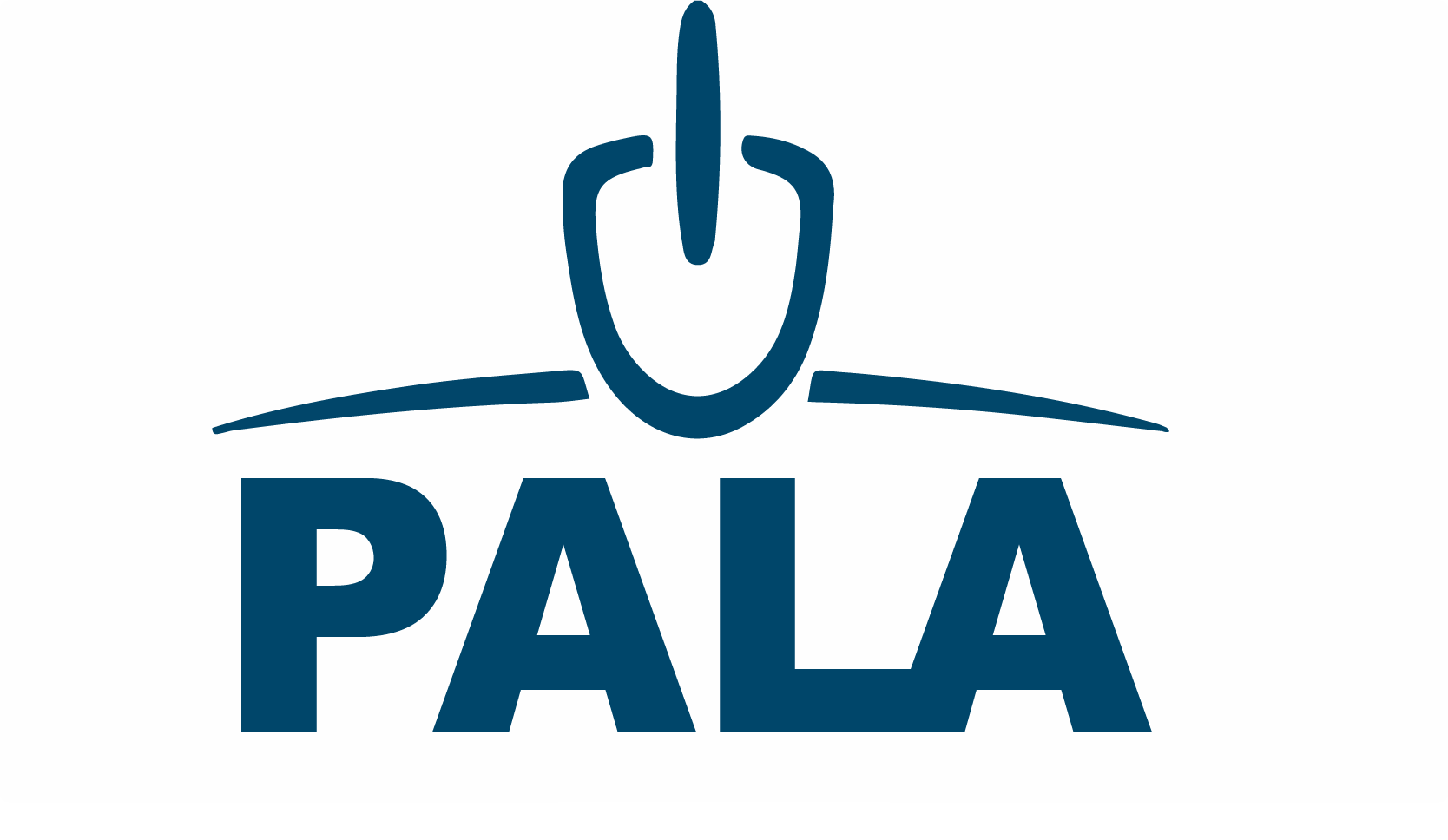In the world of large industrial structures, the stability and safety of the building are of utmost importance. When existing structures show signs of distress, such as settlement, cracking, or uneven floors, it’s vital to address these issues promptly.
One solution to reinforce and stabilize these structures is underpinning. This article explores:
- What underpinning is
- Various underpinning methods (with a special focus on helical piles)
- How underpinning works
- Key signs to look out for that indicate when a structure requires underpinning
Understanding Underpinning
Underpinning is a construction technique employed to strengthen the foundation of an existing building or structure. It is a critical process for maintaining the structural integrity of large industrial or commercial buildings.
The primary goal of underpinning is to provide additional support to the foundation, effectively preventing further settlement and structural damage.
Underpinning Methods
Several methods can be used for underpinning, but one of the most versatile and efficient techniques, especially in large structures, is helical piles. Helical piles, also known as screw piles, are steel shafts with helical flights that are mechanically installed beneath the foundation. These piles are a cost-effective, low-impact solution that provides exceptional load-bearing capacity and stability.
- Helical piles are installed by drilling them into the ground beneath the foundation.
- The helical flights provide additional stability by anchoring the piles deep into the soil.
- They are an excellent choice for retrofitting and repairing existing structures due to their minimal disturbance and versatility.
Other popular underpinning techniques are:
- Mass Concrete Underpinning – A traditional method that involves excavating sections of the existing foundation and pouring new, reinforced concrete under them.
- Mini-Piled Underpinning — A method that uses slender piles that are drilled into the ground using specialized equipment. It’s similar to helical piles but a little less strong.
How Underpinning Works
The process of underpinning typically involves the following steps:
1. Site Assessment
A thorough inspection of the structure and its foundation is conducted to determine the extent of damage and the required underpinning method.
2. Excavation or Drilling
Depending on the chosen underpinning method, excavations may be made around the existing foundation, or piles (e.g., helical piles) may be drilled into the ground.
3. Installation of Piles
In the case of helical piles, they are mechanically rotated into the ground until they reach a stable soil layer, effectively underpinning the structure.
4. Load Transfer
The weight of the structure is transferred from the damaged or weakened foundation to the newly installed underpinning elements.
5. Monitoring and Testing
The underpinned structure is continuously monitored and tested to ensure that it is stable and any further movement has been halted.
5 Signs a Structure Requires Underpinning
Identifying when a large structure requires underpinning is crucial for maintaining safety and preventing further damage. Here are some key signs to look out for.
- Visible Cracks: Cracks in the walls, floors, or foundation that are increasing in size or number may indicate foundation settlement.
- Uneven Floors: Floors that are sloping or uneven can suggest foundation issues.
- Settling or Shifting: If you notice your building settling or shifting, it’s a clear sign of foundation problems.
- Doors and Windows Sticking: Difficulty in opening and closing doors and windows can be a result of a shifting foundation.
- Structural Instability: Any noticeable structural instability or leaning should not be ignored.
Choose Elite Helical for Stronger Structural Solutions
By addressing foundation issues promptly, you can prevent further damage and maintain the integrity of your industrial structure. When it comes to underpinning, helical piles are a better choice compared to concrete solutions.
Get in touch with our team to learn more about helical piles and our process.






